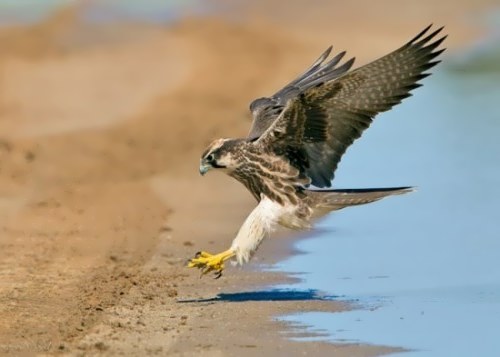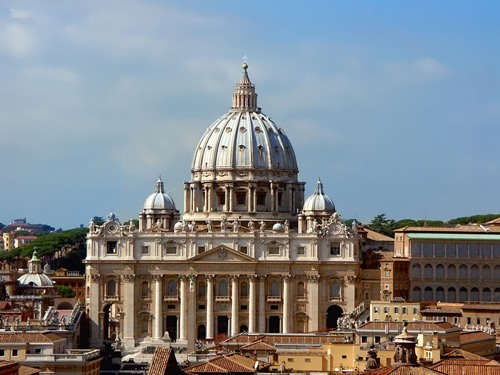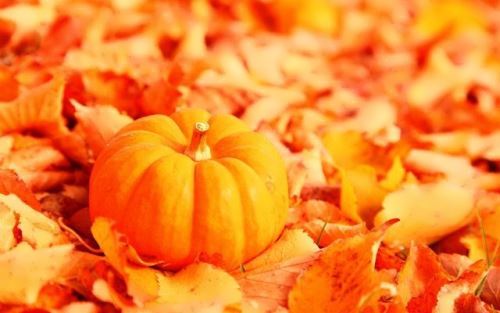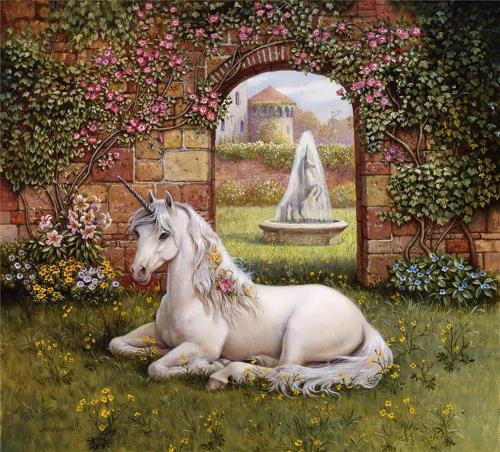Bronze Horseman – monument to Peter the Great
Bronze Horseman, monument dedicated to Peter the Great, became one of the symbols of St. Petersburg. There are a lot of myths and legends about it. Opponents of Peter and his reforms warned that the monument depicted the “Horseman of the Apocalypse”. Supporters of Peter said that the monument symbolized grandeur and glory of the Russian Empire, and that Russia would remain so as long as the rider did not come down from his pedestal. As history has shown, the apocalypse has not arrived, but the legends associated with the majestic monument, are still alive…
The opening ceremony of the famous monument more than 200 years ago was extremely solemn. Magnificent bronze Peter I on horseback appeared before the astonished crowd. The right hand of the king majestically pointed to the Neva, the Academy of Sciences and the Peter and Paul Fortress, symbolically indicating the main objectives of his government: education, trade, and military power. Under the hooves of the horse there is a snake – a symbol of evil, the resistance of the Peter’s reforms.
More »






